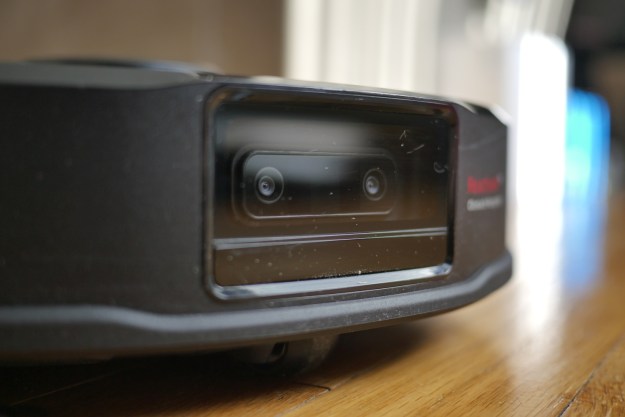Technology can be a great labor-saving aid, carrying out many of the tasks which are considered too dull, dirty, or dangerous for us to bother wasting our time with. Engineers may be getting to the end of the list of problems to solve, however — since researchers from the University of California, Davis’ College of Engineering recently decided to build a robot that’s sole personality in life is to tie shoelaces.
Word of advice: If you’re getting to the point at which you can’t dedicate a few seconds each day to making sure your shoes are properly laced up, you may be working too hard!
We are, of course, being a bit facetious, since the project was one handed to mechanical engineering students to see if they could carry out a complex task (tying a shoe) using only two motors and no more than $600 in funding. Judging by the results, they passed with flying colors.
The Arduino-powered, shoe-tying robot uses a pair of motors to drive four gearboxes, two on each side of a dedicated shoe platform. One motor transfers power to the machine by driving a horizontal shaft with three spur gears on each side of the motor, while the second motor controls a sort of “clutch”, or idler gear. Using these components, the robot is able to move horizontally and vertically, as well as making rotational movements to manipulate the laces. A finished shoelace tying session lasts around four minutes.

“Imagine getting a project, doing a Google search and finding no leads,” Joel Humes, one of the students who worked on the project, told Digital Trends. “[We checked] YouTube, Instructables, random forums, ran patent searches, nothing at all [came up]. In a world full of information easily accessed through internet searches, it was hard to believe a fully automated shoe-tying machine appeared to be completely nonexistent.”
The machine was ultimately pitted against another robot created with the same objective by students from Meijo University in Japan — and emerged the victor. “Currently, there are no plans to further develop this product because we do not have the proper funds to,” Stephanie Thai, another student engineer, told us. We guess that could change in time, however.
Other researchers who worked on the project included Gabriela Gomes, Jacklyn Tran, and Andrew Choi. Remember those names: When their (possible) shoe-tying robot company is valued at several billion dollars, you will want to be able to tell everyone you knew them all back when they were starving students!
Editors' Recommendations
- Watch Ford’s robot test drivers take a car for an on-the-spot spin
- The future of automation: Robots are coming, but they won’t take your job
- Exoskeletons with autopilot: A peek at the near future of wearable robotics
- Future armies could use teams of drones and robots to storm buildings
- The future of military training? Target practice on running, shrieking robots


